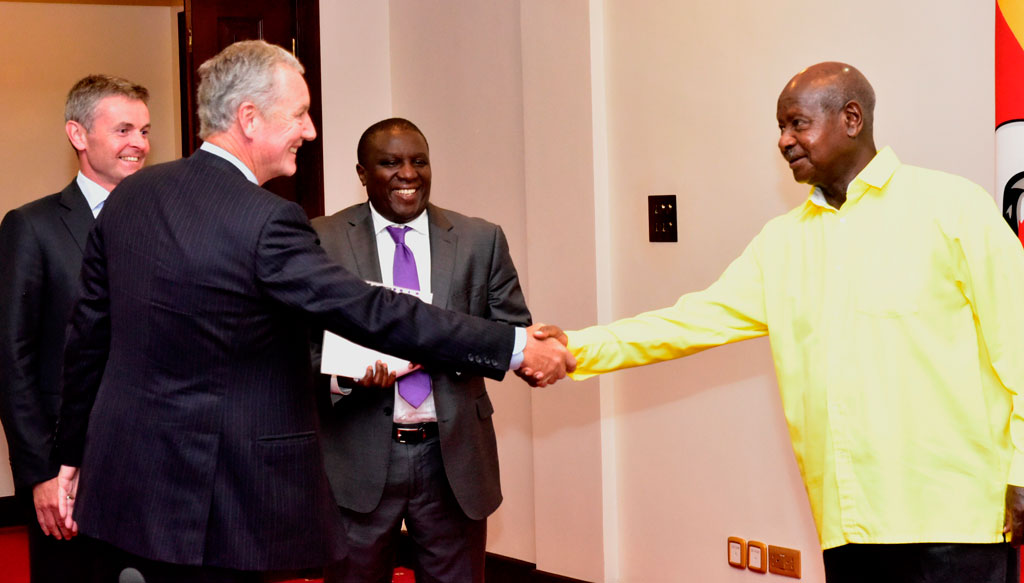The slow verification and random selection of applicants for the NSSF midterm access to avoid malpractices, especially for the manual applications, have been identified as the probable causes of delays in the disbursement of the payments.
Unlike the online applications, the physical applicants have to go through a manual initiation stage where the applicant’s information is captured.
The folder is reviewed for clarity and accuracy of data, and eligibility of the applicant before the file is forwarded to the payment section, which automatically creates a file.
This, according to the NSSF Managing Director, Richard Byarugaba has caused most of the delays and complaints in the midterm access.
He explains that due to their workforce of 20 people, they can only process between 100 and 200 transactions a day;
He explains that for control purposes and avoidance of one person selecting desired applicants, the manual system chooses random applicants based on some variables.
According to Byarugaba, online applicants go through a verification process that checks their account number, National Identification Number and NSSF records.
He explains that once confirmed, payment is immediate through the Straight-Through Process irrespective of the amount involved.
Byarugaba reveals that most of the online applicants are those with big balances and those with below Shillings 3 million that can be paid via mobile money.
Data from NSSF indicate that as of March 30th, 2022, 9,756 had applied manually for the midterm access compared to 6,711 online applicants. The fund has so far paid 10,429 leaving 6,038 applicants, the majority of whom submitted physical forms.
According to Byarugaba, the midterm access payment would have been a total disaster if they had created the online application system.
He listed some of the issues that could also delay payment.
“Name and mismatches of age on the documents of members from NIRA and NSSF is the biggest challenge the fund has faced while administering midterm access payments. Many applicants have failed to access their money because of this, unlike in a few instances of genuine errors, which are handled on a case by case basis,” he said.
Despite the challenges, Byarugaba says that they are doing very well because the law provides for payment not exceeding 45 days.
He says that between March 17th and 31st, 2022 they paid more than 10,000 people through midterm access.
Usher Wilson Owere, the chairperson of the Uganda Workers’ Trade Unions also concurs that the fund is so far doing a good job and he is happy with the processes despite the fact that their dream of payment after ten years of saving was changed to 120 months, which has affected many would-be beneficiaries.
He also revealed that he received several complaints from beneficiaries, which he referred to NSSF for redress.
“I received so many complaints from beneficiaries who have failed to receive their money for different reasons, but I have sent them to the managing director and they’ve been sorted,” Owere said.
He, however, said there is a need to interrogate the system further so as to handle complaints on a case by case basis. Solome Omella, who received her benefit says that she applied manually and was among the first applicants at the Jinja NSSF offices.
She says that it took four days for the payment to get to her account.
Sarah Nansikombi, says she applied together with five others. But after three days, one of them received payment a day earlier than the rest.
She explains that after two days, they called the NSSF toll-free number and they were promised that they would receive the money very soon.
Samuel Wambuzi, another applicant for the midterm access is yet to receive payment despite applying two weeks ago. He told URN that he has not yet received any explanation on why he hasn’t received payment except the automatic message indicating that payment would be processed within 45 working days, which is within the period provided for under the NSSF amendment act.
















